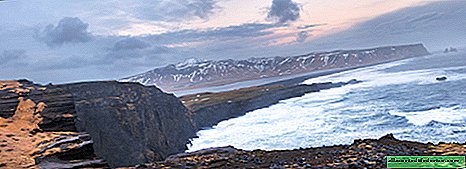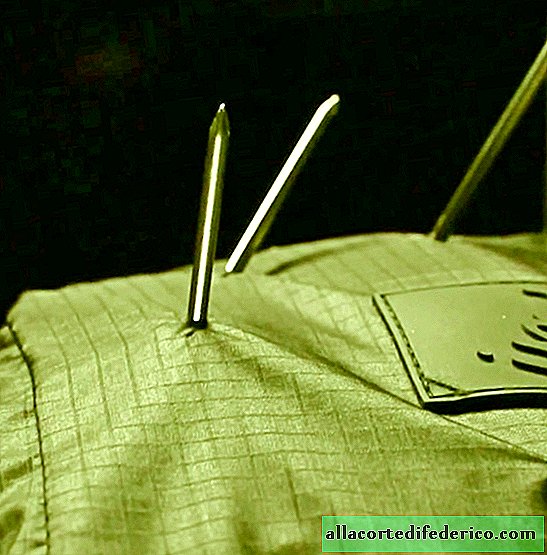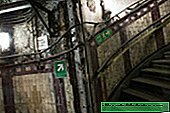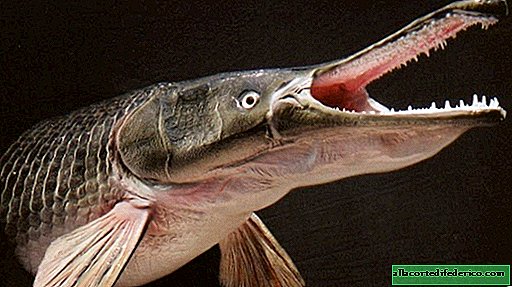South Channel: Europe's oldest canal that still operates
Using the French South Canal, you can get from the Mediterranean Sea to the Atlantic, bypassing the Strait of Gibraltar. It is hard to imagine, but this canal was built during the time of Louis XIV in the 17th century. But the most amazing thing is that it is still in operation, which makes it the oldest functioning channel in the vastness of Europe.
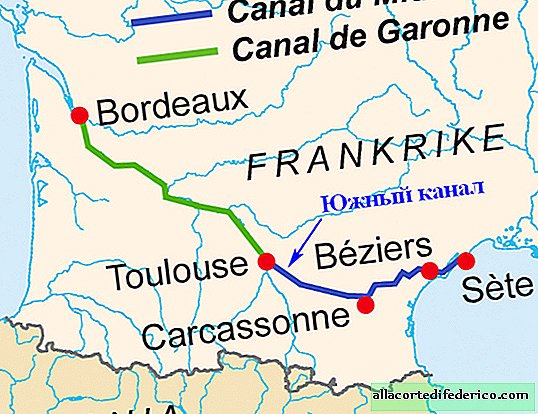
The southern or Languedoc canal has a length of 240 kilometers and begins in the city of Toulouse. The canal runs through the picturesque areas of southern France with fields, vineyards and cozy provincial towns, and ends in the city of Seth on the Mediterranean coast. Well, if you want to get to the Atlantic, you will have to use the Garonne Canal, starting in Toulouse and ending with the Garonne River, which flows into the Bay of Biscay.

The idea of building a canal belonged to a Frenchman named Pierre-Paul Riquet. Having a baronial title and sufficient condition, he proposed building a canal that would link Toulouse with the Mediterranean Sea in order to stimulate the economic development of the region. The Baron paid almost a quarter of the costs for the construction of the canal from personal funds and even ended up in debt, but did not live only a little before the end of construction.

From the very first days of the opening, merchants who transported all kinds of goods actively used the channel. In addition to the commercial destination, the channel was used by postal services. Interestingly, immediately after the opening, mulberry trees were planted along the canal, on which the French, wishing to have their own silk production, planted silkworm caterpillars. These plantations existed here until the end of the 19th century.

Modern channel users are small private cargo ships and tourist pleasure boats. Large vessels will not be able to pass through the canal, since the depth of the structure is only 2 meters, and its width does not exceed 10 meters. In addition, over 100 bridges are thrown over the canal, which, like the rest of the canal, have high historical value.


